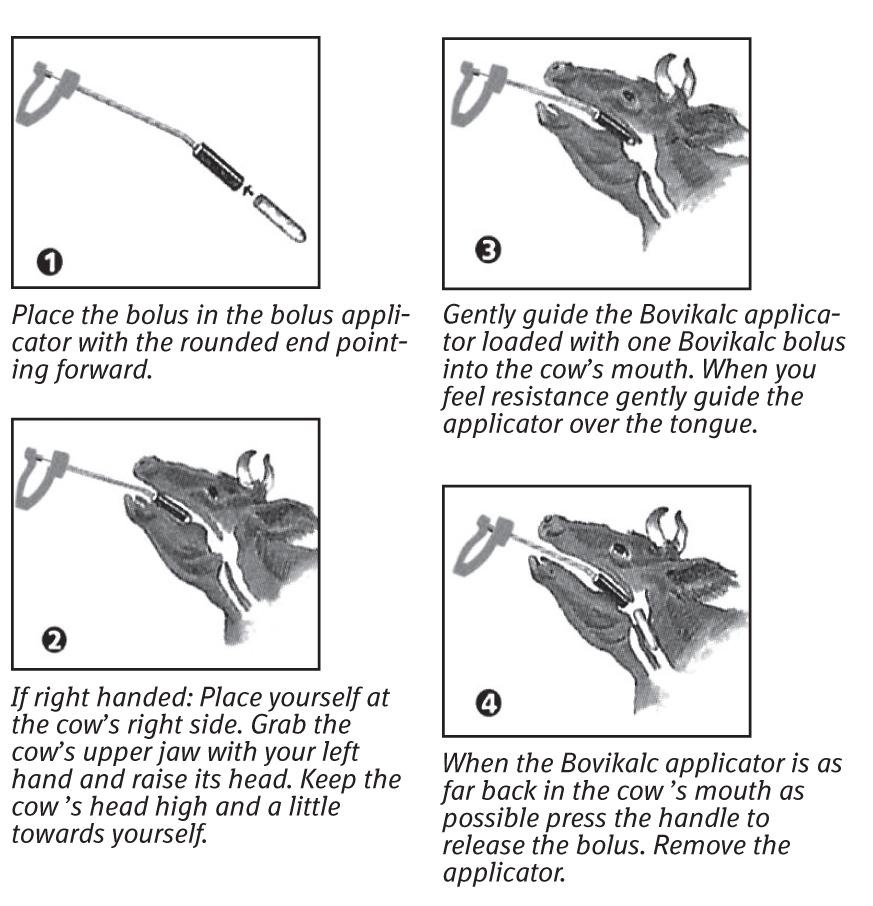
Cattle Boluses
These types of wormers are administered orally using product-specific equipment.
Closely follow the manufacturer’s instructions to ensure that the boluses are delivered over the back of the tongue, so they can be swallowed.
Avoid any excess force, as this can cause damage to the throat and do not depress the plunger until you are satisfied with the positioning of the bolus.
It is important that the animal stays as calm as possible and can swallow.
It is very difficult to successfully and safely complete administration if the neck is twisted and the animal is fighting you.

Would you like to send this voucher to the recipient via email?
Yes No